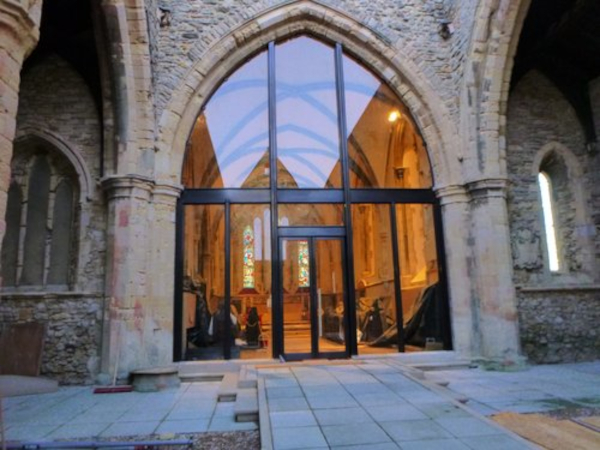Date: 27 September 2010
Workers there who contracted skin cancer following long hours of working in the sun sued their employers for not providing adequate sunscreen. The Australian court found the employer liable for damages. While the harmful effects of UV radiation on people have been widely publicised, little attention has been paid to the damage that it can do to your property. But rising UV levels, associated with climate change, have a similar effect on building materials and buildings where they accelerate the ageing process.
Freefoam Plastics, a leading manufacturer of PVC building products for the Irish, UK and Mainland European markets, has conducted a significant amount of research into the colour stability of PVC products when exposed to increased UV levels. Back in the early 1990s the consensus was that 4 parts TiO2 (Titanium Dioxide) per hundred was adequate for UV protection of white products based on average regional UV levels. However, climate change has increased the risk of further increases in UV levels and damage to your property.
Aidan Harte, Freefoam Managing Director, comments: “Freefoam’s products have never been at risk. We have been supplying markets in southern France for some time, and added the necessary 5 parts per hundred to all our white fascia and cladding products for operational simplicity, whether they ended up in France, Ireland, the UK or elsewhere. The implications are significant for all those involved with exterior PVC products – extruders, stockists, installers, raw material suppliers and property owners too. Just as our skin needs protection if exposed over long periods to intense heat and UV sunlight, so too does PVC which has what is referred to as a ‘tipping point’ of UV exposure beyond which fading is rapidly accelerated. We all know it’s important to apply sunscreen to protect our skin; with PVC building products it’s about remembering to choose those with a built in UV protection that are guaranteed to last.”









Add new comment